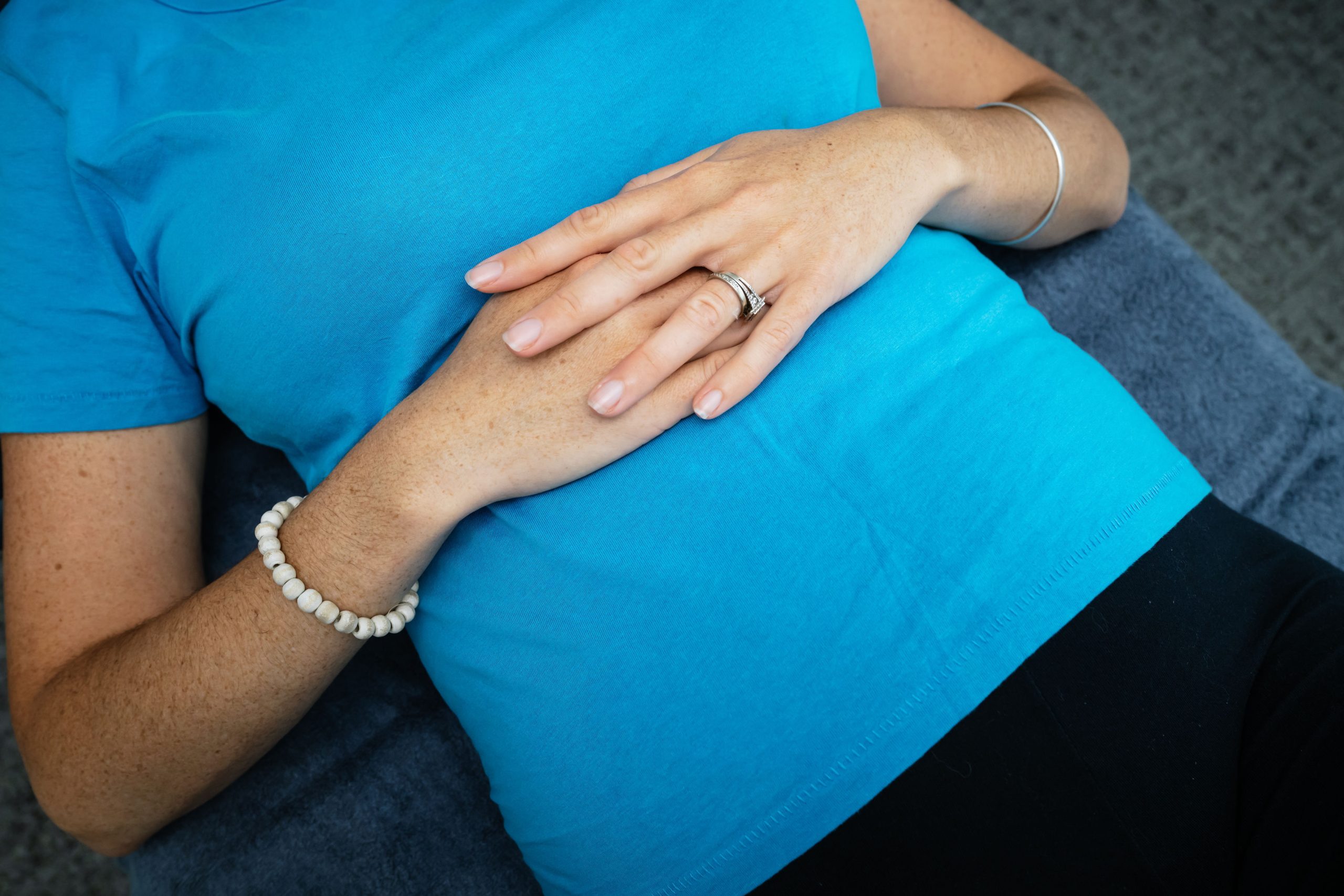Diastasis Recti, also commonly referred to as abdominal separation or DRAM (diastasis of rectus abdominus muscles), is where the muscles running along your abdomen (the rectus abdominus) separate down the middle.
When does it occur?
Diastasis recti often occurs during the later stages of pregnancy, This is a natural adaptation as your body makes space for your baby, with hormonal changes, weight gain resulting in increased pressure in your abdomen, stretching of the fascia, and often separation of the muscles overlying your abdomen. Abdominal separation is more likely to be significant if you have had previous pregnancies, aged over 35 years, or are having twins (or more). Often women who experience abdominal separation are less likely to have pelvic floor issues, while those who don’t experience ongoing issues from separation are likely to have more problems with their pelvic floor due to increased pressure going down rather than out into the abdomen (which furthers separation).
What are the signs of abdominal separation?
The biggest indicator of abdominal separation is a visible gap between the abdominal muscles. The most obvious sign of abdominal separation is a gap between the muscles. You may also experience lower back pain, and difficulty with core exercises.You can check if you have abdominal separation by lying on your back with your knees bent, placing your fingers across your belly above and below your belly button. Lift your head and shoulders off the ground, noting how your abdomen feels while performing this. If there is a gap that opens, wider than one finger, you may be experiencing abdominal separation.
What do I do about it?
While abdominal separation can often resolve in the weeks following pregnancy, it can still impacts many women until they seek assistance and perform exercises to assist in their recovery. Strategies to reduce the worsening of abdominal separation include rolling onto your side when getting in/ out of bed, avoiding abdominal movements/ exercises such as crunches, minimizing weightlifting (try to lift nothing heavier than your baby), and trying to minimize actions causing increased pressure through your abdominals (e.g. coughing, bearing down during a bowel movement, holding your breath) where possible. Try to avoid deep belly breathing as well during this time, as the increased pressure through the abdomen with this breathing technique, causes further stress on the abdominals.
Diastasis recti in men
Diastasis recti is much less common, but can also occur in men. It generally develops gradually over time and is noted by a protruding bulge in the mid-abdomen. The most common causes of diastasis recti in men are incorrect exercise technique (especially when strength training), excess weight and obesity, certain medical conditions or a family member with the same conditon. In addition to the notceable bulge in the belly, other symptoms men may notice are low back pain, constipation, changes in urinary frequency and difficulty breathing.
How is it treated?
An osteopath can assist you with a specific exercise program to strengthen your abdominal muscles, and also treat surrounding areas that may be compensating. Your osteopath may also reccomend products such as tubigrip which assists in providing support to the area.
If you think you have diastsis recti we advise booking an appointment with one of our osteopaths for a thorough assesment and to devise a managment plan.

